Before VinSpeed's proposal to invest in the North-South high-speed railway, many experts said that this is an opportunity for Vietnam to build a new industrial pillar for the country, helping domestic enterprises grow, creating millions of jobs and reducing social costs.
High-speed railways in the world (Illustration: Shutterstock).
High-speed industry: The engine that drives the economy
Countries with developed economies such as Japan, Germany, South Korea and China all began their modern industrialization by strongly developing the high-speed rail industry.
According to Dr. Nguyen Van Linh, a senior lecturer in the field of transport engineering, high-speed railways are "complex industrial tractors" with great potential for dissemination.
"It is no coincidence that developed countries all possess modern railway systems and strong domestic railway industries. A high-speed railway project is not just about transportation, but also a boost for a complex ecosystem, from mechanics, materials, electricity - electronics to information technology, construction, logistics... to develop together," said Dr. Nguyen Van Linh.
Giving specific calculations, the leader of the Ministry of Construction said that the investment in the high-speed railway line creates a construction market with an estimated value of 33.5 billion USD. Along with that is the supply chain for the vehicle and equipment industry, estimated at about 34.1 billion USD, including locomotives, carriages, signaling systems and many other high-tech items.
Dr. Linh said that high-speed railways also entail the need for strong development of the electricity - electronics - automation industry. Signal control systems, safety warnings, sensors, smart operations, electronic tickets, etc. require a very high level of technology. This is an opportunity for domestic enterprises to invest systematically, transforming from assembly to mastering core technology.
"Instead of simply processing, if Vietnam can master the technology to produce and maintain high-speed railway components and spare parts, it can enter the middle-high group in the global value chain," the expert analyzed.
In addition, railways also help restructure the logistics industry, effectively connecting with seaports, airports, and industrial zones. "This is a sustainable solution to help reduce logistics costs - currently at 16-20% of GDP - to nearly the level of developed countries, which is less than 10%," Dr. Linh emphasized.
More broadly, economist Doan Ngoc Khanh pointed out that each high-speed railway line will form a new development axis, leading to the emergence of dozens of transit cities, industrial clusters and service centers along the route. "Not only passenger transport, railways also activate investment capital flows in real estate, services and commerce at stations, turning stations into new urban centers," she said.
According to her, from a social perspective, the railway industry can create millions of direct and indirect jobs: from construction workers, mechanics, electronics, factory workers to operations, maintenance, logistics and accompanying service personnel. This is a big push to help shift the labor structure from agriculture to industry - services, increase income, reduce unemployment and promote sustainable development.
The expert also mentioned the fact that in Japan and South Korea, the railway industry used to be a "job vacuum", with hundreds of thousands of highly skilled workers trained and employed stably for decades. "Vietnam can absolutely follow this path if it has the right investment and planning policies," the expert affirmed.
Don't miss the train to build national pillars
According to experts, to develop a large industry like high-speed railways, Vietnam needs capable enterprises. In this regard, many people mention the symbolic precedent of VinFast and the Vietnamese automobile industry.
"Before VinFast appeared, Vietnam had almost no real automobile industry. The name 'assembly industry' was most appropriate for the situation at that time," Dr. Nguyen Van Linh commented.
The birth of VinFast not only put Vietnamese cars on the world map, but also created a domestic supply chain, promoting investment in mechanics, materials, electronic technology... This lesson can be repeated with the high-speed railway industry if there is a business that dares to take the lead, similar to VinSpeed today.
"Vietnam is facing the opportunity to have a second VinFast - this time in the high-speed railway industry. If Vietnam continues to lag in developing the railway industry, we will lose the opportunity to create a national strategic value chain," the expert shared.
Regarding this issue, Associate Professor Dr. Tran Dinh Thien, former Director of the Vietnam Economic Institute, also expressed his opinion: "Assigning this project to a Vietnamese private enterprise with sufficient capacity should be considered a prerequisite." This is a strategic step, in line with the spirit of Resolution 68 of the Politburo on Private Economy that has just been issued.
"If there is a domestic enterprise like VinSpeed - supported by Vingroup with enough capacity, ambition and willingness to invest - then it should be assigned. Vingroup, with its ecosystem and experience in implementing large-scale projects, is one of the few corporations qualified to successfully implement national-scale projects," the expert affirmed.
From a macro perspective, lawyer Truong Thanh Duc, Director of ANVI Law Firm, Arbitrator of the Vietnam International Arbitration Center - VIAC, emphasized an approach with an open, positive and long-term mindset.
"Being too concerned will easily miss opportunities for private businesses and the economy. What needs to be overcome is not who does it, but the mindset of being afraid of change and the lack of a clear control mechanism," said lawyer Truong Thanh Duc.
Source: https://dantri.com.vn/kinh-doanh/cong-nghiep-duong-sat-toc-do-cao-trien-vong-cho-viet-nam-20250523075020846.htm


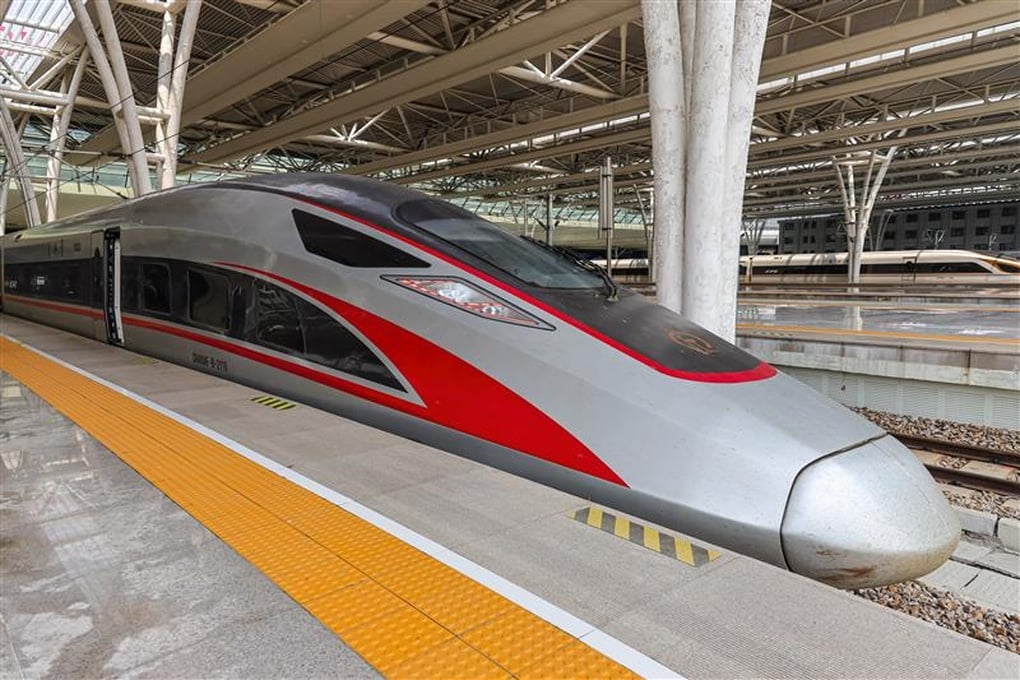
![[Photo] Cat Ba - Green island paradise](/_next/image?url=https%3A%2F%2Fvphoto.vietnam.vn%2Fthumb%2F1200x675%2Fvietnam%2Fresource%2FIMAGE%2F2025%2F12%2F04%2F1764821844074_ndo_br_1-dcbthienduongxanh638-jpg.webp&w=3840&q=75)
![[Photo] 60th Anniversary of the Founding of the Vietnam Association of Photographic Artists](/_next/image?url=https%3A%2F%2Fvphoto.vietnam.vn%2Fthumb%2F1200x675%2Fvietnam%2Fresource%2FIMAGE%2F2025%2F12%2F05%2F1764935864512_a1-bnd-0841-9740-jpg.webp&w=3840&q=75)






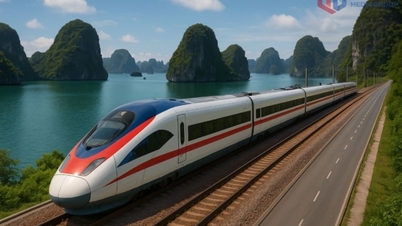

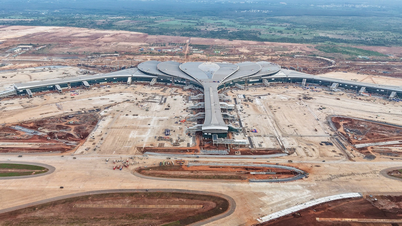

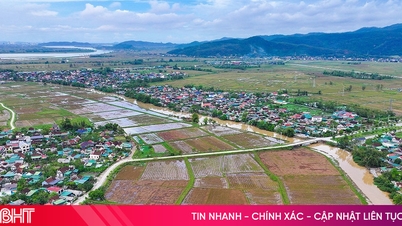

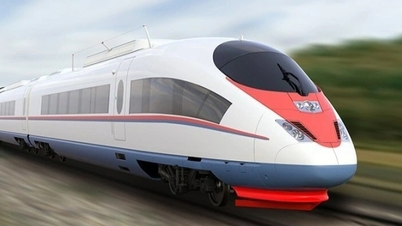


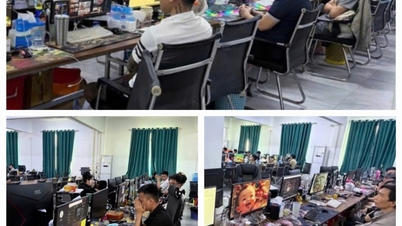


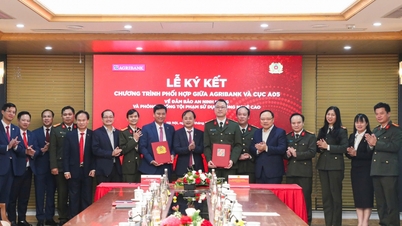








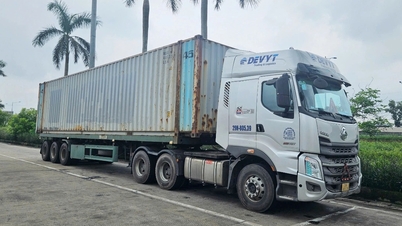












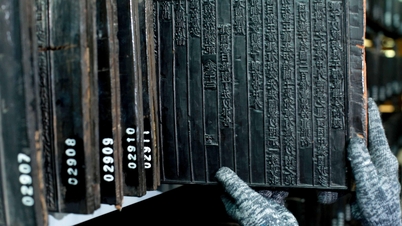







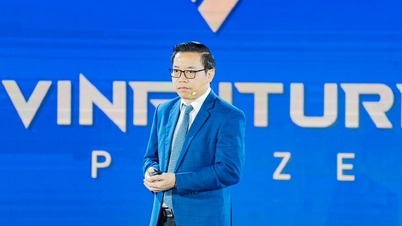
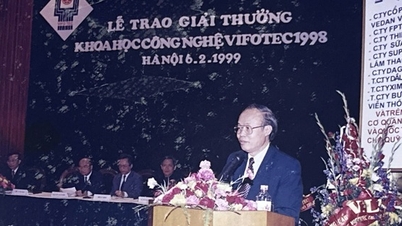




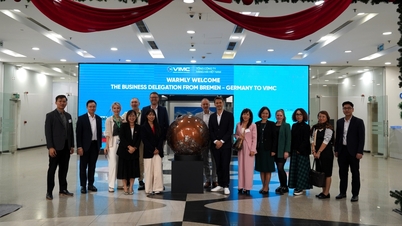














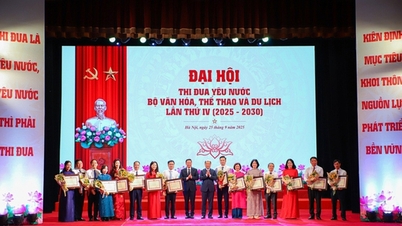




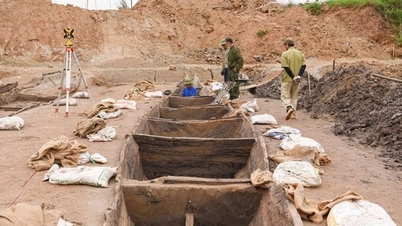




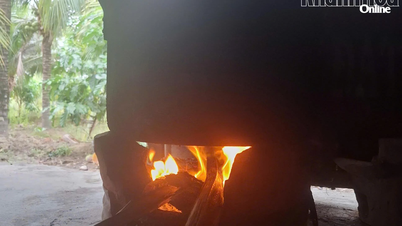























Comment (0)